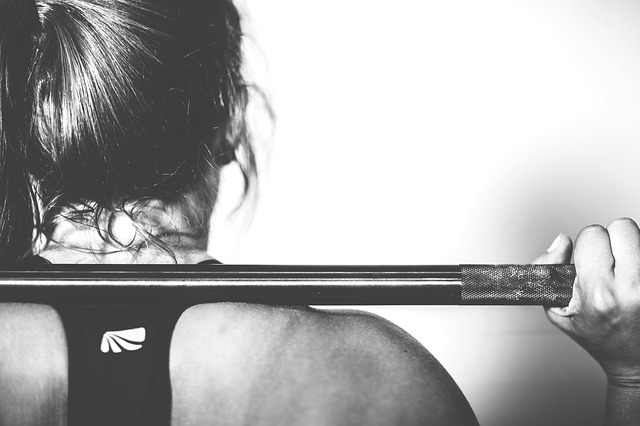
Helping the Athletes of our Community Overcome Sciatica
Weight lifting is one of the biggest risk factors for sciatica
All shades of athlete benefit from weight lifting as part of a regular muscle building routine. Unfortunately, weight lifting poses a threat to the lower back; the mere act of lifting is one of the most dangerous actions you can perform when it comes to the health of your spine. A further complication of lifting is the added risk for poor posture and/or biomechanics while lifting.
The more weight you lift, the higher the risk of a vertebrae moving out of position and compressing a nerve. When this vertebral compression affects the sciatic nerve, the pain can spread throughout your legs and even appear in places seemingly unrelated to the injury. The nature of sciatic nerve pain is distinct and tells us to look for dysfunction affecting the sciatic nerve. There are many conditions and injuries that can contribute to sciatica, including:
- Herniated discs
- Piriformis syndrome
- Subluxation
- Vertebral stress fractures
Diagnosing sciatica with the single leg raise
A simple test to detect if dysfunction with the sciatic nerve may be causing your back pain is to perform the single leg raise.
- Lay flat on your back
- With the help of a friend, or using an exercise band, raise your leg, taking care to keep the leg straight
- If this motion causes pain in the lower back, or other sciatic nerve symptoms, it is a good idea to c
If this motion causes pain or sciatica symptoms in the lower back or leg, read on to find out what kind of solutions we offer people suffering from sciatica in Dunedin
How we help athletes in Dunedin overcome sciatica
Once we determine that your pain is caused by sciatic nerve compression, our main objective is to help you get back to your sport sans sciatica. At our office in Dunedin, we have a multi-faceted plan for doing just that, including:
- Performing spinal adjustments to alleviate compression for the sciatic nerve
- Restoring muscular balance and flexibility to the piriformis muscle
- Using heat to reduce pain
- Focusing on improving circulation in the injurious region through deep tissue massage
- Addressing muscular insufficiency, whether in the hips or in the core stabilizing muscles
We begin by performing a full physical assessment to determine the real cause of your injury, before setting a course for treatment that combines several of the above modalities to provide true pain relief and effective rehabilitation. If you are interested in overcoming sciatica the natural way, give our office a call to schedule an appointment today.